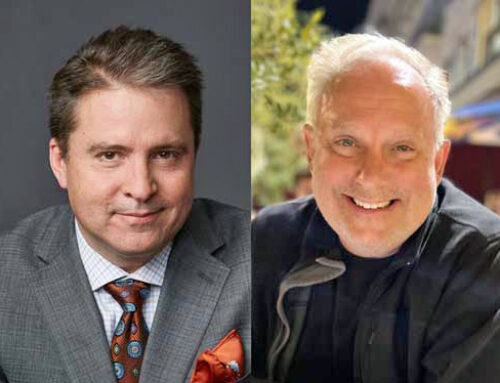The State Fair of Texas is one of the few remaining places in our society where we mingle freely and happily with one another across all dividing lines of race, ethnicity, geography and class.
Think about it. Where else do Neiman Marcus shoppers and Wal-Marters stand together in a corny dog line? Where else do rural ropers and urban cowboys sit together in the stock-show stands cheering on a cow-milking contest? Where else do drivers of old Chevy pickups and new Corvettes swarm together to see the latest auto offerings?
When I lived for a time in South Alabama years ago, I learned that Mobile — not New Orleans — started the Mardi Gras tradition. But whether you line the streets of Bienville Square or Bourbon Street, you will find yourself competing for moon pies and cheap beads with someone right next to you who 364 days of the year is not right next to you.
Public events like a Mardi Gras parade or a state fair (and Halloween trick-or-treating?) are moments of social bonding we seem to work hard to minimize the rest of the year. How diverse are our neighborhoods really? They are divided mostly along economic lines; which turn out to be mostly along racial and ethnic lines more than we want to admit. How diverse are our schools? They are, like our neighborhoods, similarly divided. And our churches? More shame there than I want to confess.
We tend to congregate with PLU — people like us. And then we wonder why our politics are so divisive? Polls break down by such micro-categories that we now know how left-handed Vietnamese small business owners think about the role of Common Core on public education and whether they are more likely to vote Republican or Democrat because of it.
America’s motto, e pluribus unum, translates “from the many, one.” It’s more a mission statement or aspiration than a statement of fact. It’s therefore incumbent upon all of us to be agents of unity in our communities.
Expanding our definition of neighborliness is a place to start.
People of secular faith as well as spiritual can embrace this project, but all religious traditions have rich resources from which to draw on in this endeavor. In the Jewish, Christian and Muslim faiths we find the dispute over and over that amounts to this question: “Who is my neighbor?” The more you define your neighbor in restricted and exclusive ways, the more divisive society becomes. The more expansive and generous your definition of neighbor, the more unified society becomes.
Jesus told the Parable of the Good Samaritan in direct response to this question, “Who is my neighbor?” The Samaritan was considered “other” to the Jews Jesus spoke with. Samaritans were considered religiously, ethnically and (maybe wrongly) morally inferior, yet Jesus saw that this man’s acts of compassion toward his wounded neighbor defined true neighborliness.
Why are we so divided these days? The arguments are many: air-conditioning (we don’t meet on front porches anymore); alleys (we park behind our houses and never have to say hello to those next door); wealth disparity (gated communities and suburbanism).
For people of faith, theology must dictate sociology. Demography need not be destiny. But that depends on us.
Big Tex is calling “Howdy!” to all.





